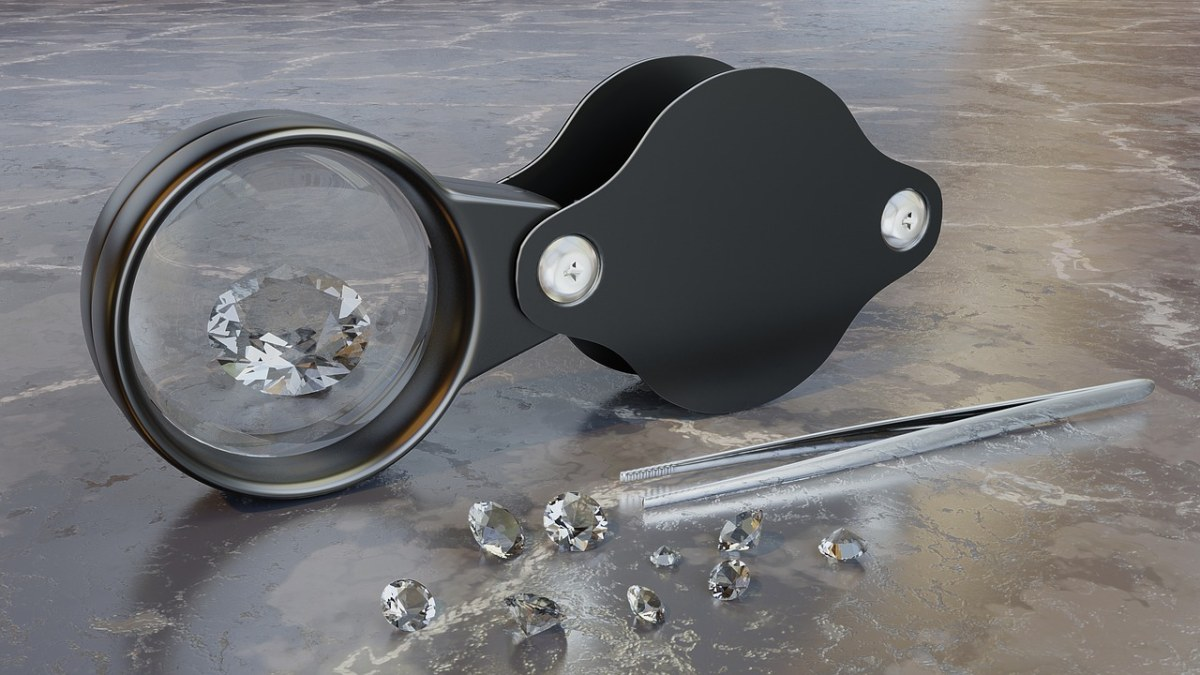How to detect lab-grown diamonds?
There are 7 methods to detect lab-grown diamonds:
- Photoluminescence: This advanced spectroscopic technique can identify differences in impurities and defects by exciting electron transitions that emit light signatures. Lab-grown diamonds often have different photoluminescence patterns.
- DiamondView Testing: This technique uses UV light to reveal birefringence patterns resulting from internal strain. The distinctive striations are evidence of the unnatural growth conditions in a lab.
- Nitrogen Content Analysis: Measuring nitrogen levels and aggregation can indicate if a diamond was artificially synthesized. Lab-grown diamonds tend to have higher nitrogen present in specific configurations.
-
Isotope Testing: Examining the ratios of carbon isotopes, especially C-14 content, can reveal if a diamond was recently formed in a lab versus naturally millions of years ago. C-14 degrades over time and is lower in ancient natural diamonds.

- HPHT Annealing Detection: Identifying if a lab-grown diamond was treated with HPHT annealing, which alters strain and defects to disguise its lab-grown origins. Identifying diamonds that have undergone this treatment is essential for detection.
- Crystal Structure Analysis: Analyzing subtle differences in crystal structure also shows promise for identifying lab-grown diamonds. Although chemically identical, the crystalline lattice of lab-grown diamonds may exhibit minute variations from natural formations. Advanced techniques like high-resolution X-ray diffraction to obtain crystallographic fingerprint data could determine the growth origins based on these nanoscale structural differences.
- Cutting Style Analysis: Lab-grown diamonds may exhibit different cutting styles optimized for manufacturing. Cutting analysis compares metrics like table and culet sizes, crown height and angles, and girdle thickness. Combining this data can profile the cutting style and look for geometric fingerprints of an optimized, automated lab production process. Perfect alignment and symmetry are achievable with the programmed cutting of lab-grown diamonds betray clues about their artificial origins. Cutting style provides one more way to help distinguish lab-grown diamonds.This leads to another question: which of the different laboratory diamonds is right for you?
Challenges in detection
Technology for growing diamonds has improved - fewer detectable differences from mined diamonds. Advancements like chemical vapor deposition produce high-quality diamonds with crystal structures and compositions getting closer to natural stones. That makes lab-grown diamonds more challenging to differentiate.
Treatments can alter a lab-grown diamond's properties to mimic a mined stone. Processes like HPHT annealing eliminate detectable strain patterns and defects, disguising lab-grown diamonds' origins. Making the lab stones more natural-looking hinders detection.
Detection techniques are costly and not widely accessible or standardized across the industry. Methods like isotope testing require expensive, specialized equipment. Few gemological labs have comprehensive diamond verification, and standards vary. That limits the reliable identification of lab-grown diamonds.

What is the impact of the lab-grown diamond on the diamond industry and market?
Natural diamond suppliers have a stake in being able to differentiate their products. If lab-grown diamonds become indistinguishable, it could undermine consumer confidence in the value of natural mined diamonds. Diamond miners want to preserve the perception of rarity.
Consumers have an interest in disclosure about a diamond's origins. Lack of exposure causes controversies, like some retailers selling lab-grown diamonds without indication. Consumers will feel deceived without clear distinctions.

If detection is unreliable, consumer confidence in diamond value may decline. That could destabilize the diamond retail market if origins and authenticity seem uncertain.
While still being developed and perfected, utilizing multiple advanced techniques in conjunction shows promise for more definitively separating natural and lab-grown diamonds as production methods continue advancing. A multifaceted approach may yield the most reliable results.
Conclusion
While methods exist for identifying lab-grown diamonds, detection has limitations and remains an evolving area. The availability of lab-grown diamonds is transforming the industry. Advancing production methods are making lab-grown diamonds harder to differentiate. Reliably separating natural and lab-grown diamonds presents challenges still being addressed across the diamond industry and trade.


Leave a comment